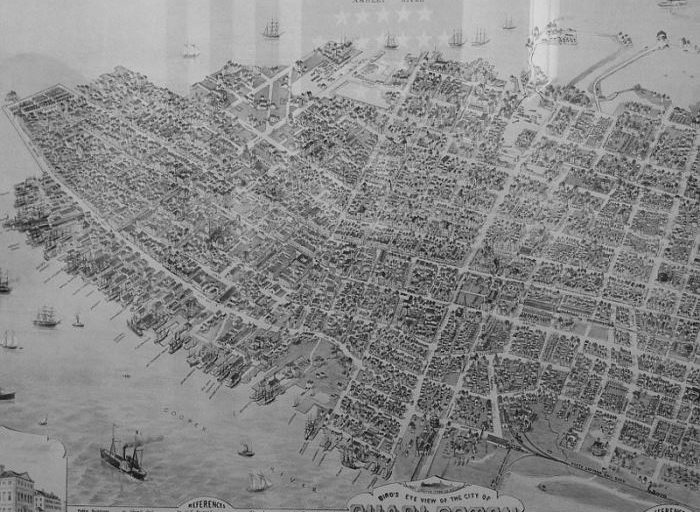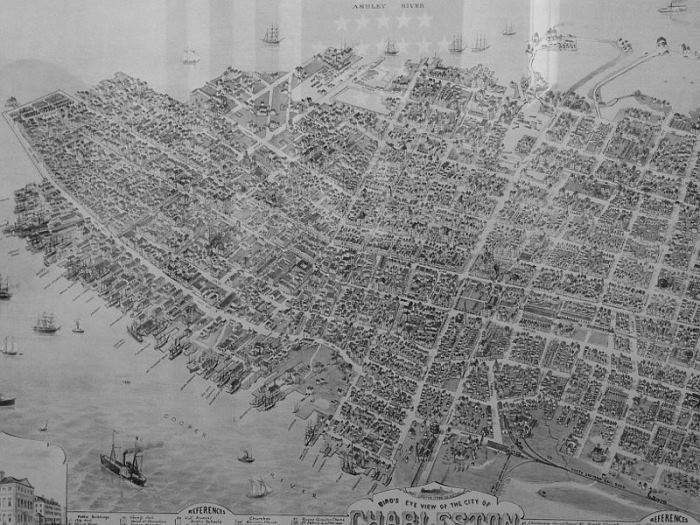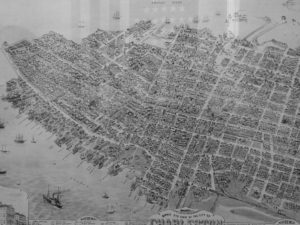A local Philly blog This Old City, has taken a look at traffic fatalities with relation to location within the city of Philadelphia. The study, which includes data between 2008 and 2012, shows some very telling, and what would be intuitive if not for political overlooking, evidence against high speed arterial roads through dense urban regions. The study shows that while there were more traffic on pedestrian incidents in the urban core of Philadelphia, these were far less likely (10 to 1) to result in a fatality. Instead the vast majority of fatal accidents between pedestrians and traffic occurred outside of the core where speed limits were higher and where vehicle prioritization is perceived as the design requirement.
This study is a view into the future of Tysons based on the current lack of movement from the County and FCDOT on bad road design in town. We have noted several times intersections which still remain unlit, with poor cross walks, and unclear signage. We asked FCDOT to review the speed limit of 45 miles per hour on Westpark Drive, a road which sees dozens of pedestrians and cyclists, and were told no change is in the works. And of course there are the quasi highways of Route 7 and Route 123 with their 35 mph speed limits which might as well be written in crayon because it is childishly ignorant of reality. This study is a depiction of future conditions in Tysons given the current trajectory(which still can change if leaders stop dragging their heals), but it won’t be on the side of being the minority in fatal incidents.
Got a lot of aging office stock that is becoming difficult to lease? Well this Minnesota developer has an idea that seems like a no brainer for an area facing a massive housing shortage like Fairfax County, convert aging office buildings into residential apartments. The article does point out that it is not always possible to convert old offices to residential spaces (as the subdivisions must make sense for individual units) but then again the St. Paul rental market is no where near as pricey, and therefore lucrative, as the Washington Metro.
Tysons, and Fairfax in general, has seen an uptick in vacancy with the rise of hotel-ing offices, telecommuting, and the sequester. A financial solution for developers would also be of benefit to a county looking to solve a growing cost of housing crisis, as converted residential units would be less costly than newly built units, all without impact to traffic.
The city of Ann Arbor is taking an underused parking garage and converting the top floor into an urban park and green space.
This kind of proposal has been made for new parking garages in some rezonings, but it hasn’t been considered for some of the underused commercial parking garages around office parks (there are a couple on Westpark that are routinely underused). With metro operations anticipated sometime this year, it is possible the amount of unused parking could increase in existing office parks near the stations.
My trip to Charleston, South Carolina this past week broke many stereotypes of southern auto-centrisity. While Charleston wasn’t the most walkable and transit friendly of small cities, it was designed in a manner (with a substantial city grid, human scale streets, and mixed land uses) that put it far ahead of larger southern cities like Atlanta. One indication as to how this was possible comes via a map from the 19th century which essentially shows the same street grid as exists today, uninterrupted by urban highways, retaining the inner core. Amazingly (perhaps to some traffic projecting transportation engineers) traffic in the city is not the sulfur covered hellscape of congestion that we are told 8 lane urban freeways protect us from. Plenty of bicycle and on foot traffic though, helping to keep a healthy mix of local retail profitable.
It goes to show you, two parallel and smaller roads are worth a lot more towards both vehicular and non-vehicular goals than mega-roads.



